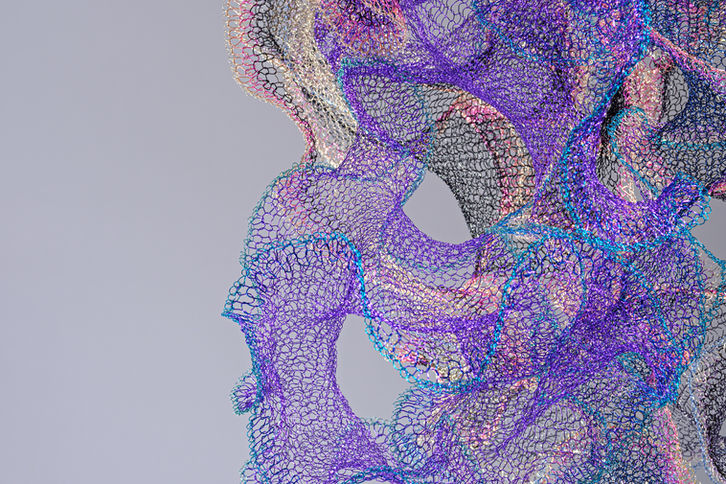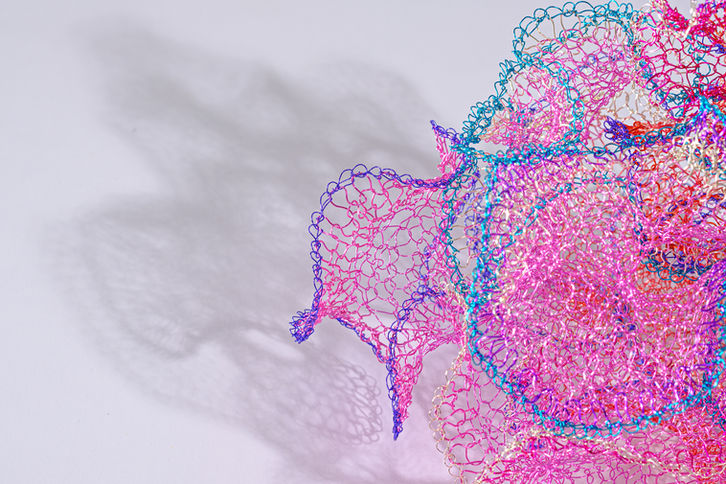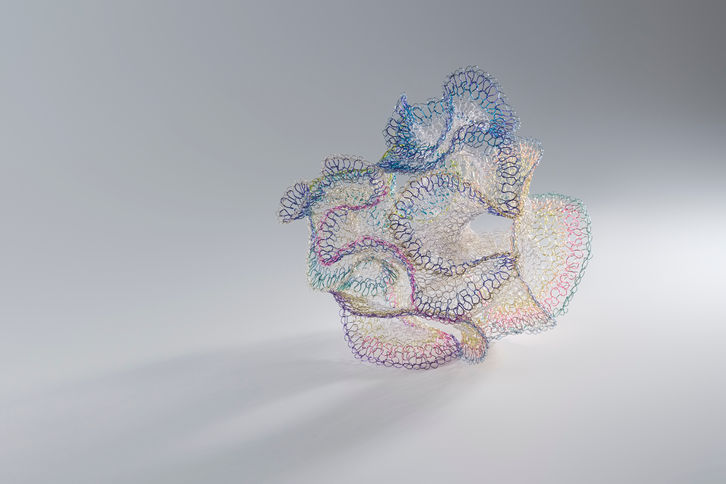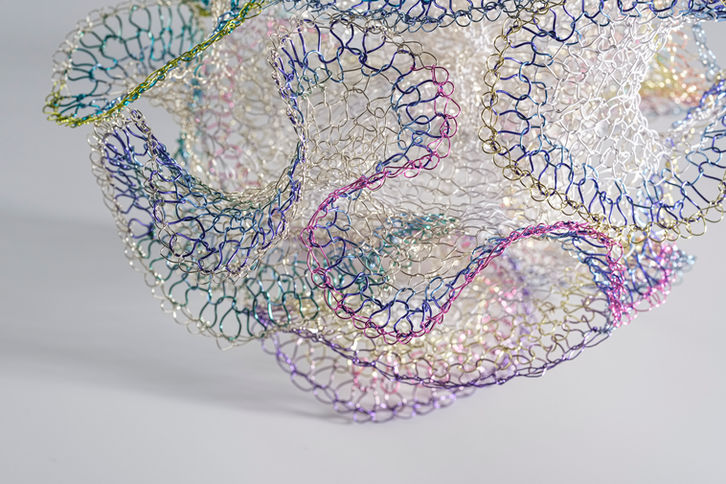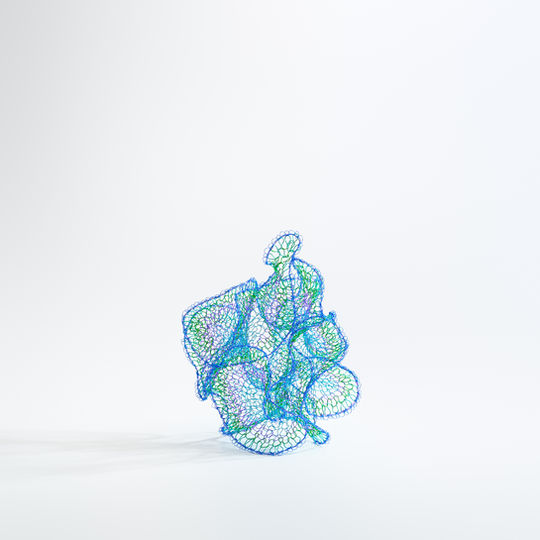Déjà Vu series
“Déjà vu is simply remembrance of the future.” — Wayne Gerard Trotman
At some point in our lives, we have almost all experienced an unexpected feeling of familiarity with people, places, and things that, in reality, we have never before come across. No matter what our thinking brain tells us, we feel absolutely certain that the same situation has unfolded before our eyes at some other time, in some other place. This phenomenon, regarded among mystics as paranormal “precognition,” entered mainstream discourse in 1876 when French parapsychologist Émile Boirac coined the term “déjà vu,” or “already seen.” Since then, considerable advances have been made in both neuroscience and cognitive psychology, and this oft-unsettling experience is now commonly attributed to delayed neurological processing or the misidentification of fragmented memories.
Inspired by the persisting ambiguity of this concept, artist Julia Hung has created a series which builds upon her past three years of exploration into the notion of free will. Relying on intuition rather than convention, she constructs delicate yet resilient webs of copper wire—sculptures that appear to be in perpetual motion, continuously expanding, contorting, and shifting back into ‘shape.’ The Déjà Vu series straddles the divide between freedom and frame; linear and non-linear time; fatalism and self-determination, with each gossamer sculpture offering new avenues of contemplation.
The creative process of the artist: a ‘reconstruction’ of future memories?
As a sculptor, Hung uses crocheting techniques which she learned at a young age from her grandmother to carefully weave stiff metal fibers into silky, organic forms. Her net-like creations, which radiate warmth from every knotted strand of bright, translucent copper, exude a unique sense of space, as if encapsulating an entire self-sufficient microcosm. At the outset of the creative process, she simply follows her instincts, without a desired form in mind, weaving over and over in seemingly random fashion until each piece comes to life. It is only at the end of this process that the artist appears to have been guided by an unconscious, latent design, each creative decision predetermined by an unseen blueprint. Beginning, middle, and end—ordinarily considered an immutably linear sequence—are thus blurred, inspiring Hung to transcend the three-dimensional and contemplate the existence of free will and the possibility of non-linear time. Throughout the series runs a fundamental question: does the creative process have the power to tap into déjà vu? If it indeed mingles the familiar with the unfamiliar, why can it not ‘reconstruct’ future recollections?
From outward- to inward-looking: shifting from critique to introspection
Before the upheaval provoked by the COVID-19 pandemic, Hung was more critically engaged with wide-ranging social issues than with her inner life. But the need to adapt to new challenges and circumstances led her to turn her critical eye inwards and to reconsider her creative orientation. Over the past year and a half, she has branched out from making mobiles suspended in mid-air to crafting display pieces for tables and wall-mounted sculptures. In adapting to these new environments and manipulating the element of space, she bestows upon viewers novel visual experiences and meditations on original ideas. From individual free will, Hung’s focus has shifted to the paradoxical reciprocity of artistic consciousness and the inherent originality of artwork itself through her copper wire sculptures. In her Déjà Vu series, these glittering microcosms, shaped in equal parts by the creative process and the vicissitudes of day-to-day existence, offer new insights into the essence of art and the meaning of life.

